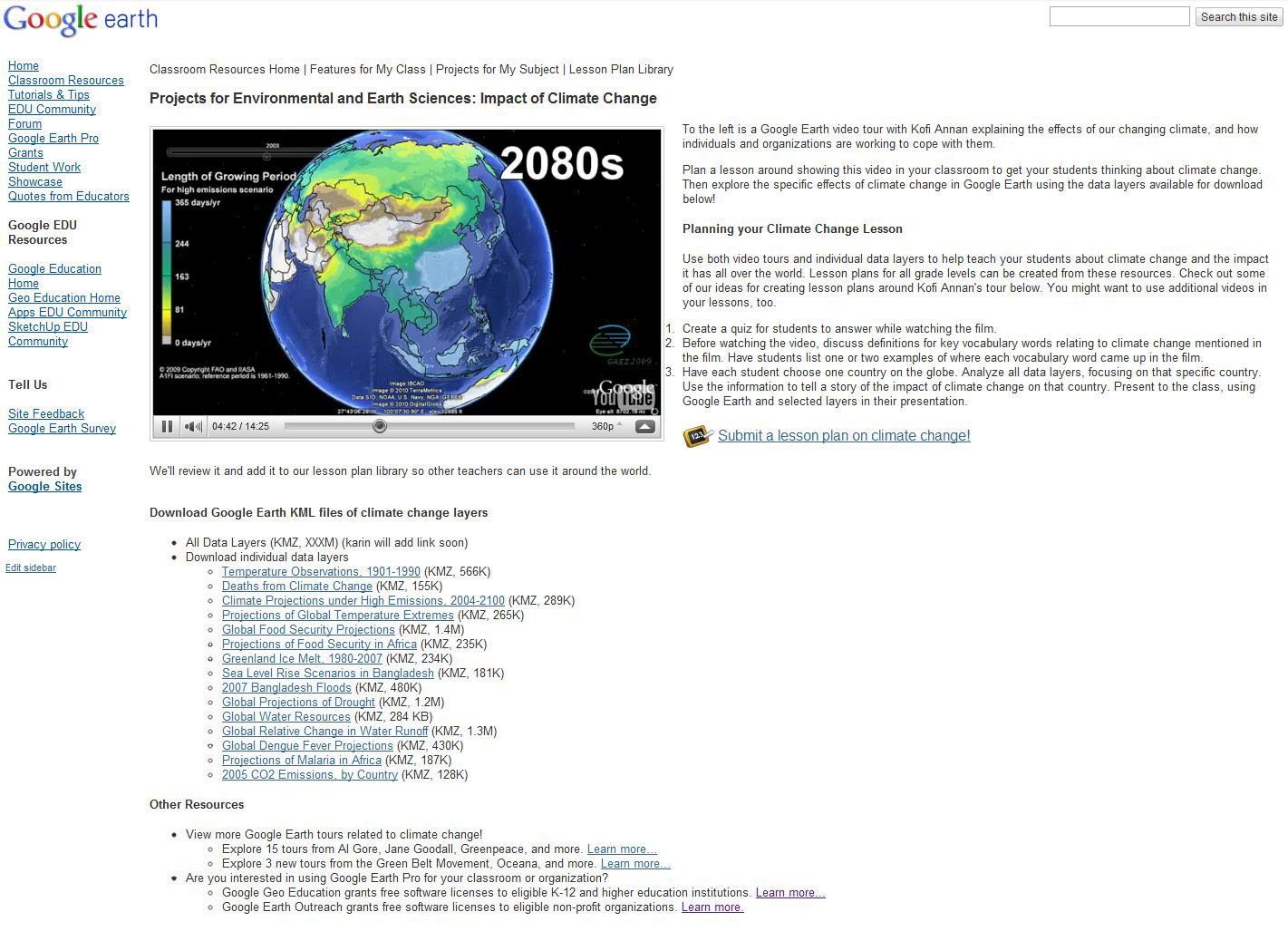Today one of the founders of Facebook, Chris Hughes, has released a new social network called Jumo. He said that it will be used for profit.
The news of such a network was back in March. Then, the address jumo.com stood following – i “We are connecting people with problems, organizations and individuals as our goal is to create lasting relationships and actions to be meaningful.” / i
Since then passed eight months, just as today Jumo passed in beta stage.Chris Hughes said that so far there are about 3,500 organizations that offer projects for customers in coming months they expect more bodies.
The first thing to note is that to enter the social network will necessarily have your Facebook account.However, the site said that the future will be possible for consumers who do not have an account on Facebook, they can be registered in the Jumo.
Once logged in social networking, you are asked about what issues and organizations are interested in, as everything is divided into categories, including Arts and Culture (Art and Culture), Human Rights and Poverty (Human Rights and hunger) and others.After highlighting his interests, from Jumo will show you projects you’d be interested.
Once you go through all the steps you will see your homepage. It kinda looks like that on Facebook. Here it is logical to ask the following question – what exactly does this site?
Hughes said that when consumers sign up for any cause in Jumo, it will be only the first step. He believes that those users will continue their online activities.
i “I think when people press the button ‘Like’ in social networks or enroll in a petition, this is a clear sign that an interest.This does not mean that they do not then go out and knock on doors or go to the protests. They do these things, “/ i end Chris Hughes.
